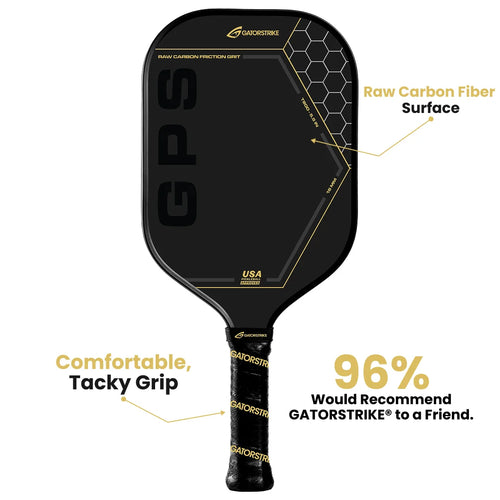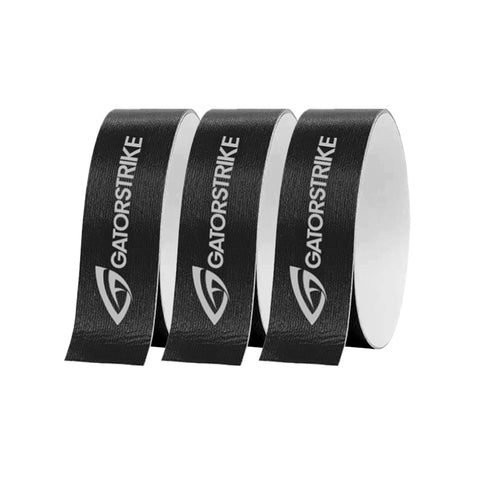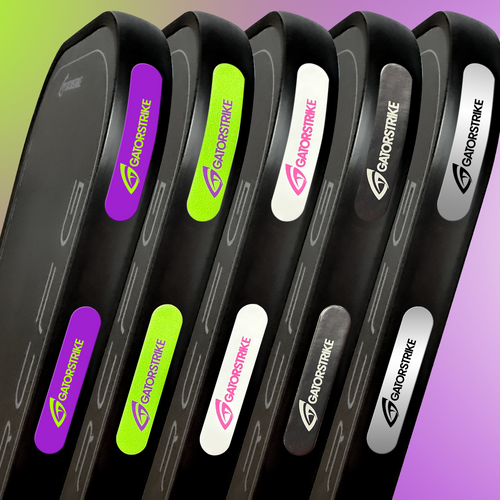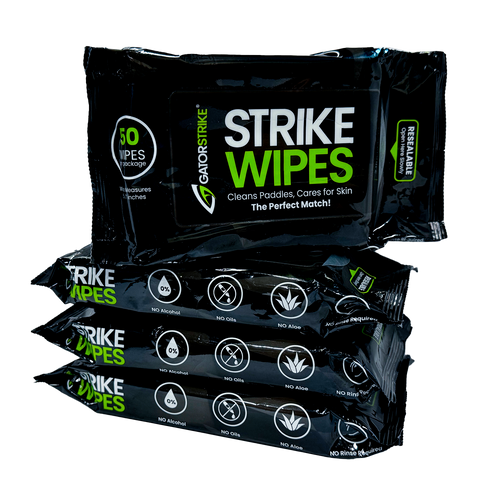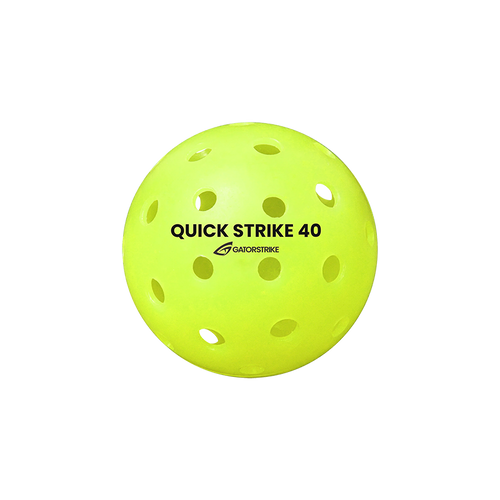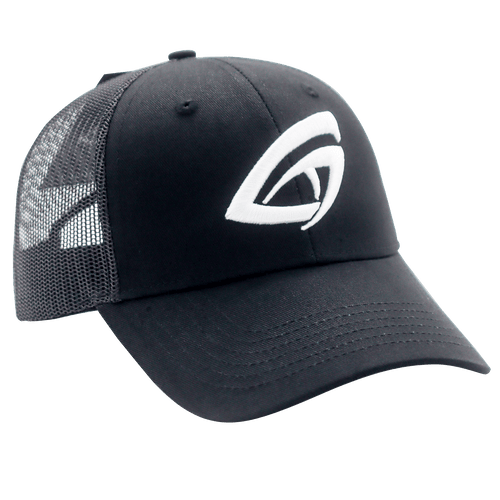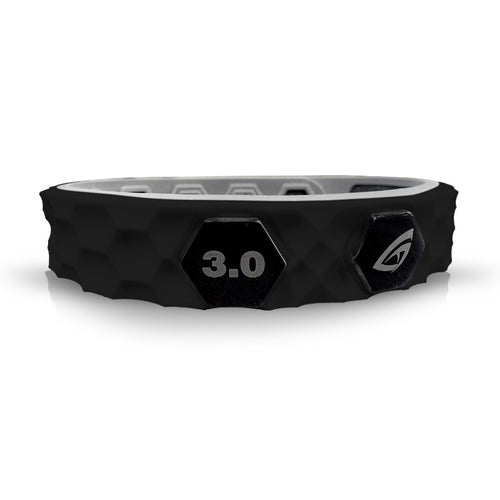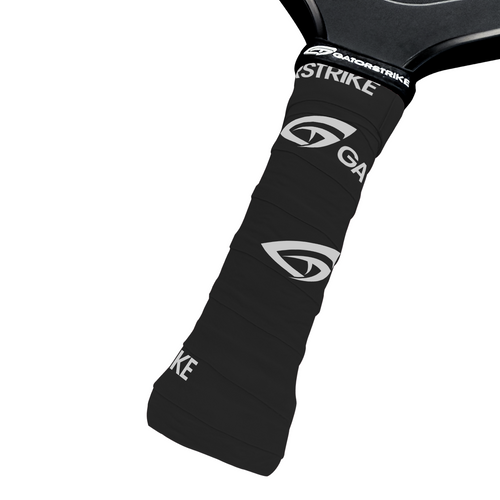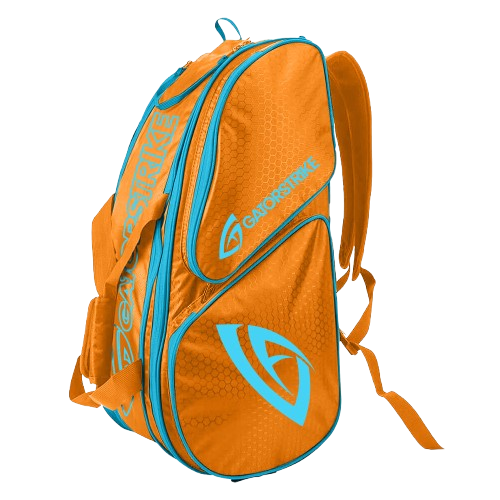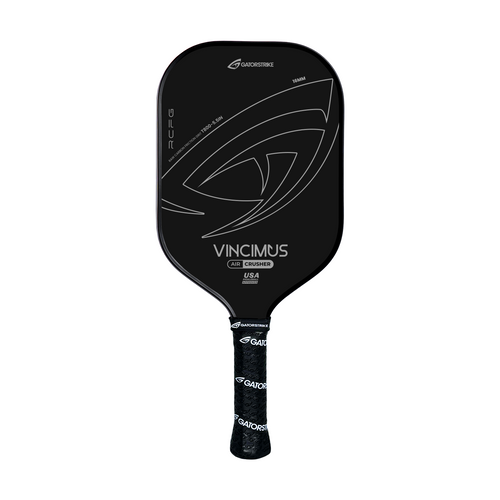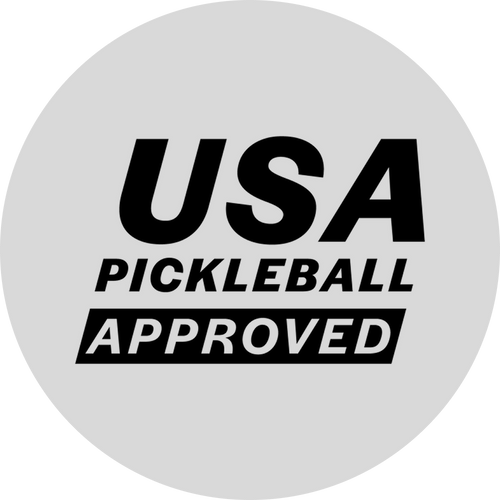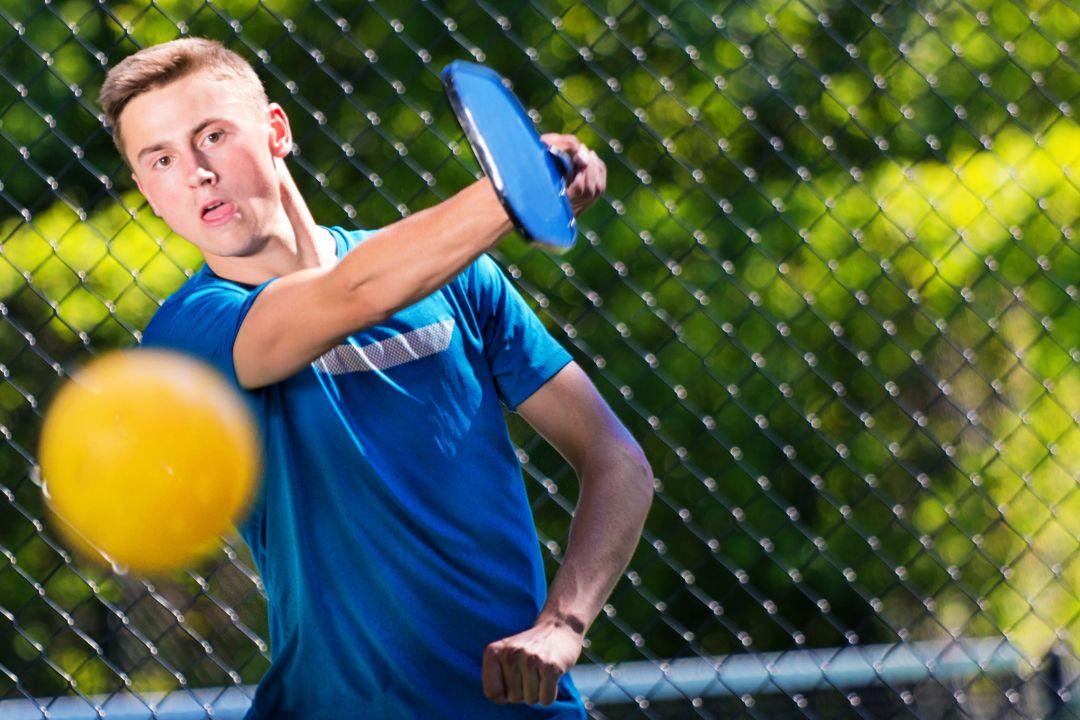
Understanding Spin and Control in Pickleball
Share
In pickleball, spin is an essential yet often overlooked aspect that can radically improve your game. Whether you’re aiming for pinpoint control or wanting to throw off your opponent’s rhythm, mastering spin can elevate your play. But what’s the key to understanding and utilizing it effectively? Let's break it down.
The Science Behind Spin
Spin is the rotational force applied to the ball during a shot, altering its trajectory and behavior upon impact. In pickleball, there are three primary types of spin to consider: topspin, backspin (also known as underspin), and sidespin.
- Topspin: The ball rotates forward, causing it to dip faster after it clears the net. Topspin is excellent for aggressive shots, as it allows you to hit with power without the ball sailing out of bounds.
- Backspin: The ball rotates backward, slowing it down upon impact and often creating a floating effect. This spin is used in drop shots or dinks, making the ball harder to return with power.
- Sidespin: The ball rotates sideways, curving it left or right depending on how it’s hit. This type of spin can confuse opponents by altering the ball’s bounce direction, making it tricky to predict.
Generating Spin: Paddle Angle and Stroke
To apply spin effectively, the angle of your paddle and the nature of your stroke are crucial. When attempting topspin, for example, you want to brush up on the back of the ball with a low-to-high swing motion. This generates forward rotation, causing the ball to arc downward quickly after passing the net.
For backspin, the opposite is true. You'll need to slice underneath the ball with a high-to-low stroke, imparting backward rotation. The angle of the paddle is equally important—tilting it back for backspin and forward for topspin creates the ideal surface to interact with the ball.
Pro Tip: A slightly closed paddle face is perfect for topspin shots, while an open paddle face works well for backspin.
The Control Element: Precision Over Power
While spin can give your game an added layer of finesse, control is what ties everything together. Control refers to your ability to place the ball accurately where you want it on the court. Skilled pickleball players blend spin and control to manipulate rallies, forcing their opponents into uncomfortable positions.
To achieve better control, focus on your grip, paddle angle, and follow-through. A loose grip allows for more wrist flexibility, which is essential for spin control. By softening your grip slightly, you’ll have more control over the ball's direction and velocity, giving you the flexibility to apply spin as needed.
Additionally, a consistent follow-through helps maintain control. Regardless of the spin you're aiming for, your follow-through should guide the ball toward your intended target, ensuring accuracy.
Using Spin Tactically in Matches
Incorporating spin into your strategy is a surefire way to frustrate your opponents. Topspin can be used in offensive scenarios, particularly when you're looking to keep the ball low over the net while maintaining aggressive pace. It forces your opponents into a defensive position, making it difficult for them to counterattack.
Conversely, backspin is ideal for defensive or neutral situations. When you're looking to slow the pace of the rally, or when you're defending against a fast-paced attack, a backspin shot can force your opponent to generate their own power, leading to errors.
Advanced Tip: Sidespin can be particularly effective when serving. A well-placed serve with sidespin will curve unexpectedly, forcing your opponent to adjust their positioning at the last second.
Drills to Improve Spin and Control
To develop spin and control, practice is key. One effective drill is the "spin serve" drill. Stand at the baseline and alternate between topspin and backspin serves, aiming for specific areas of the opponent's court. This drill not only improves your ability to generate spin but also hones your control over where the ball lands.
Another great drill is the "dinking with spin" exercise. During casual rallies or practice sessions, focus on adding spin to your dinks. Use backspin to make the ball drop short in the kitchen, or sidespin to pull your opponent out of position.
Paddle Technology and Spin Potential
Finally, don’t overlook the role your equipment plays. The surface texture of your paddle can greatly influence your ability to generate spin. Modern pickleball paddles come with rougher surfaces, designed specifically to "grip" the ball better, which enhances spin potential. Some paddles are made of composite materials that add extra bite when you strike the ball.
Make sure your paddle suits your style of play. If spin is a critical element of your game, consider investing in a paddle with a textured face that allows for maximum spin manipulation.
Conclusion
Understanding spin and control in pickleball is crucial for elevating your play from good to exceptional. By mastering the various types of spin—topspin, backspin, and sidespin—and knowing when and how to apply them, you'll keep your opponents guessing and gain the upper hand. Combine that with improved control over your shots, and you'll dominate rallies with ease.
